Qin Yuan Shao Mai Xiao Zhao Toudao Ln Branch
5.0/5
7 Reviews
No. 9 of Light Bites in Hohhot
Highlights: A top-tier restaurant with an unforgettable flavor of freshly steamed shumai
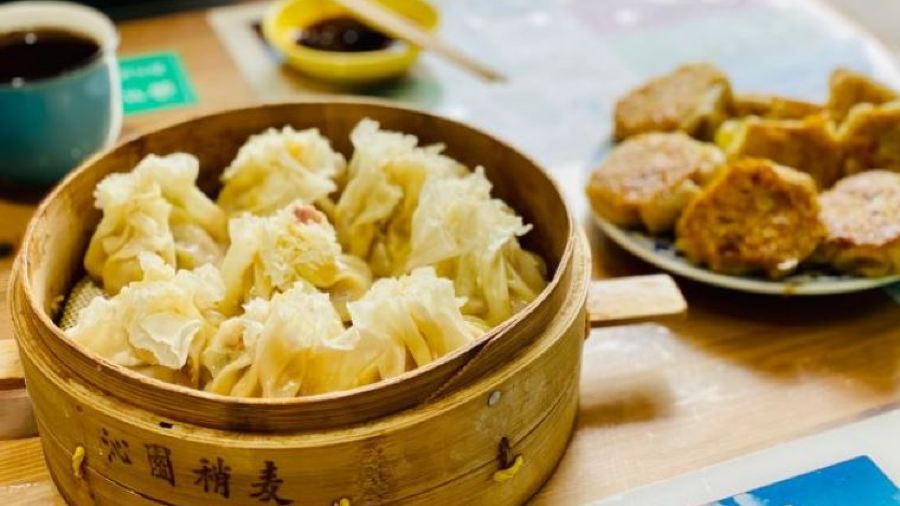
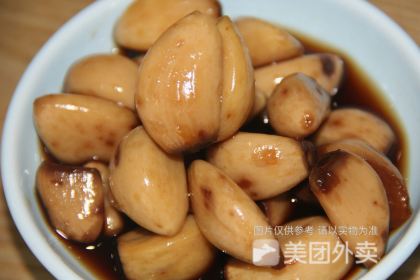
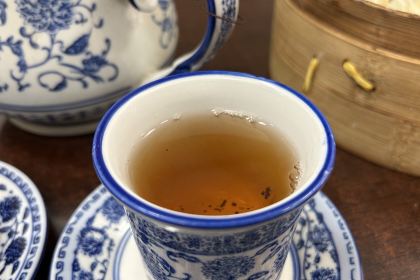
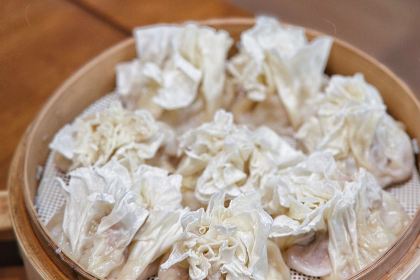


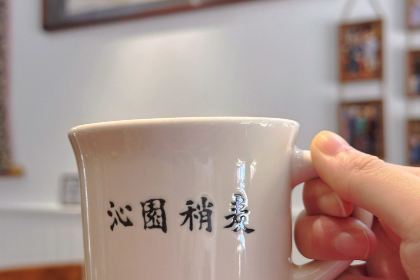
More
Currently closed|Open at 06:00 todayShow more
+8613734811984
Xiaozhao Toudao Lane
 小乖乖1号的地盘When traveling to Hohhot, the must-eat item is siomai. Qinyuan siomai is very close to Xiaozhao. We missed the meal time and came here. There were still a few tables of diners in the restaurant. Hohhot was really hot at noon, so we chose a seat near the door. The siomai here are weighed by the dough, 1 liang 8 siomai, | fried siomai^ recommended, just out of the pot, super delicious, the bottom shell is crispy, once you bite it, the juice overflows, the filling is also large, and there are few green onions 😬. The vinegar here is all aged vinegar from Ninghua Prefecture, Shanxi, and it really goes well with siomai!
Five-star recommendation! Sincerely!
小乖乖1号的地盘When traveling to Hohhot, the must-eat item is siomai. Qinyuan siomai is very close to Xiaozhao. We missed the meal time and came here. There were still a few tables of diners in the restaurant. Hohhot was really hot at noon, so we chose a seat near the door. The siomai here are weighed by the dough, 1 liang 8 siomai, | fried siomai^ recommended, just out of the pot, super delicious, the bottom shell is crispy, once you bite it, the juice overflows, the filling is also large, and there are few green onions 😬. The vinegar here is all aged vinegar from Ninghua Prefecture, Shanxi, and it really goes well with siomai!
Five-star recommendation! Sincerely!Reviews of Qin Yuan Shao Mai Xiao Zhao Toudao Ln Branch
Some reviews may have been translated by Google Translate
5/5Outstanding
All (7)
Latest
Photo reviews (6)
Positive reviews (2)
When traveling to Hohhot, the must-eat item is siomai. Qinyuan siomai is very close to Xiaozhao. We missed the meal time and came here. There were still a few tables of diners in the restaurant. Hohhot was really hot at noon, so we chose a seat near the door. The siomai here are weighed by the dough, 1 liang 8 siomai, | fried siomai^ recommended, just out of the pot, super delicious, the bottom shell is crispy, once you bite it, the juice overflows, the filling is also large, and there are few green onions 😬. The vinegar here is all aged vinegar from Ninghua Prefecture, Shanxi, and it really goes well with siomai! Five-star recommendation! Sincerely!
I went there after reading the online reviews. The store is not big, but it is neat and tidy. The special Shaomai with vinegar tastes great. I recommend it to everyone! Believe me, if you like lamb, you must try it!
How can you miss authentic shaomai in Hohhot? Here's a hidden gem for you! 📍Location Secret: Navigate to "Xiaozhao Toudao Lane" or "Xiaozhao Qianjie." It's only 500 meters from Dazhao Temple. After your meal, you can also check out famous local attractions. It's simply perfect! ✨ 🍴How amazing is this street? - The entire street is lined with locally-certified, time-honored shaomai restaurants. - Famous restaurants like Deshunyuan and Qinyuan Shaomai are clustered together. - There are also hidden gems in the boutiques. The world of foodies is truly eye-opening! 👀 🤔How to Decide What to Do? Three Tips to Avoid Mistakes: ▶️ Want to Try a Variety of Flavors 👉 Choose a large restaurant with a sculpture at the entrance. ▶️ Want an authentic foodie experience 👉 Choose a restaurant with many local "Laodeng" vendors. ▶️ In a hurry 👉 Go to a less crowded restaurant. This strategy is a surefire way to win! 👍 🔥Must-Try List: ✔️ Lamb and Scallions (A classic fighter)🐑 ✔️ Lamb and Scallions (A refreshing special)🌱 ✔️ Beef Shaomai (A generous portion, filling enough)🍖 ❌ Vegetarian Filling (A foodie's lesson learned the hard way) ✔️ Paired with Tea (Soulmate)🍵 ✔️ Pan-Fried Shaomai (available in boutique only) 💡Tips: Slow-cooked, freshly made and steamed. Wait time is 20 minutes or more. Make sure to arrange in advance. Missing out will leave you crying in the bathroom! 😭 Nearby Attractions: 5-minute walk from Dazhao Wuliang Temple. Enjoy a delicious meal and a whole-trip experience. Enjoy photos and check in! 📸 #HohhotFood #InnerMongoliaShaomai #AuthenticSnacks #FoodieExploration #InnerMongoliaTravel
Today, let's talk about a Beijing snack: siomai. Perhaps due to family tradition, I first had siomai in my youth, and I haven't had it many times since. However, the fillings and styles are never the same, which is quite interesting. Beijing siomai's origins can be traced back to the Yuan Dynasty, when a dish called "suan shao mai" (vegetarian and sour filling) was sold in Yuan Dadu (present-day Beijing). It was described as "thinly sliced wheat flour, wrapped with meat, steamed, and eaten with soup. In the local dialect, it's called shao mai." The name "shao mai" stems from the wrinkles on the top that resemble wheat ears or thread tips. During the Ming and Qing dynasties, "shao mai" gradually evolved into "siomai" or "shaomai." Ming Dynasty texts such as the Jin Ping Mei Cihua already mention "peach blossom siomai." By the Qing Dynasty, the name was firmly established as "siomai," and it became a common snack in Beijing and other areas. There are several main theories about the evolution of the name: • The "Shoumai" theory: Because siomai were often sold as a side dish in teahouses in the early days, they were called "shoumai," which later evolved into "siomai." • The morphological theory: Because the wrinkles on the top resemble flower stamens or wheat ears, they are also called "shaomei" or "shaomai." • Folk legend: According to legend, in the late Ming and early Qing dynasties, two brothers in Hohhot separated. To save money for marriage, the younger brother invented a thin-skinned, open-faced "baozi" and named it "shoumai." This spread, and the name gradually evolved into "siomai." In short, Beijing siomai originated from "shaomai" in the Yuan Dynasty. After evolving and spreading during the Ming and Qing dynasties, it was finally named "siomai," becoming a traditional snack with a strong local flavor. There are many more legends and stories about it. Follow me to learn more and explore Beijing more deeply. I'm a city guide. #TasteSpecialBeijingSnacks #In-DepthTourofTheCapital #BeijingTravelWithYou #ParentsTravelWithYou #StrollBeijingWithMe
Shaomai (also known as Shaomai) is the most authentic delicacy in Hohhot. I heard that there are "shaomai friends", that is, friends who eat shaomai together every day. There are shaomai shops all over the street outside Dazhao Temple, and there is also a shaomai festival. After visiting Xilituzhao, it was lunch time. We gave up the most popular and largest Deshunyuan next to Xilituzhao and walked for more than ten minutes under the scorching sun at noon to come to this "Qinyuan Shaomai". It was because before coming to Hohhot, I saw a CCTV program introducing this store. The small shop only has about 10 small tables. The guests downstairs were already full, so we could only move to the second floor. We happened to meet the boss who was making shaomai. The boss greeted us warmly. During the conversation, we learned that although he had been on CCTV, most of the customers who came to consume were locals, and there were few tourists. During the conversation, several guests came and were very familiar with the boss, just like going home for dinner. We first ordered one or two steamed shaomai and one or two fried shaomai. The siomai is thin-skinned, juicy and fresh, much better than the hotel breakfast. It is very different from the Guangdong siomai we usually eat. After two, I felt a little greasy. I drank a cup of brick tea made with mineral water to relieve the greasiness. CCTV also told the story of the boss going to the suburbs to buy mineral water every day. Although siomai is not our favorite flavor, we like this kind of small shop. #夏扫街计划 沁园少麦